Coronavirus in Gaza: Trying to avert disaster
-
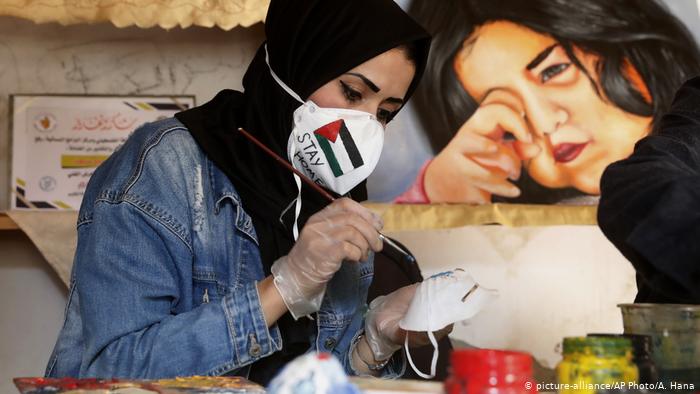
The Health Ministry has declared a state of emergency. Palestinian artists Samah Saed (pictured) and Dorgam Krakeh are painting protective face masks in bright colours in a bid to encourage locals to wear them. If the measures by Islamist group Hamas, which rules the Gaza Strip, fail to contain the virus, the consequences could be disastrous -
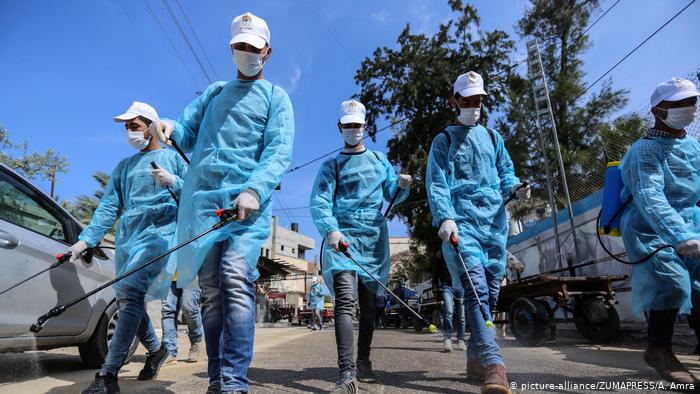
Coronavirus has reached the Gaza Strip, one of the world's most densely populated areas. A dozen cases of COVID-19 have been officially confirmed. The coastal strip on the Mediterranean Sea is home to about 2 million people spread across 365 square kilometres (140 square miles) – roughly 6,000 people per square kilometre. As a precaution, workers have disinfected the streets in several areas -

After returning from abroad, more than 1,860 people have been divided up and sent to 26 makeshift quarantine facilities. One of those centres is located at the Rafah border crossing, but some people were also sent to converted schools for 21 days. The border crossings to Egypt and Israel have largely been closed since mid-March; only those returning home are allowed to enter the Gaza Strip -
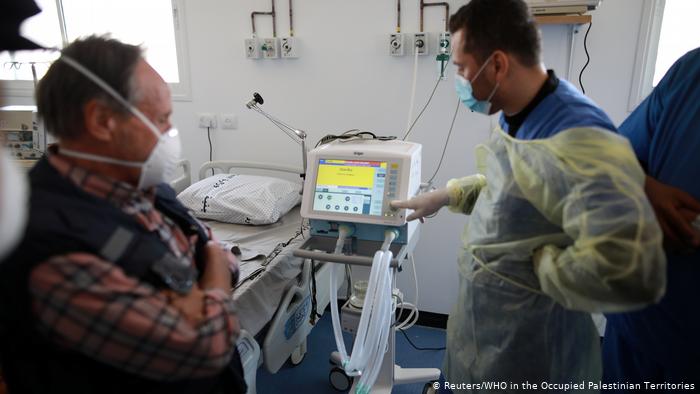
While some centres still have medical equipment, health care in the Gaza Strip is at a standstill. Only 63 ventilators and 78 intensive care beds are available for 2 million people. COGAT, the Israeli defence body responsible for Palestinian civilian issues, said it coordinated the delivery of over 1,500 testing swabs organised by the WHO. Calls to ease Israel's blockade are getting stronger -
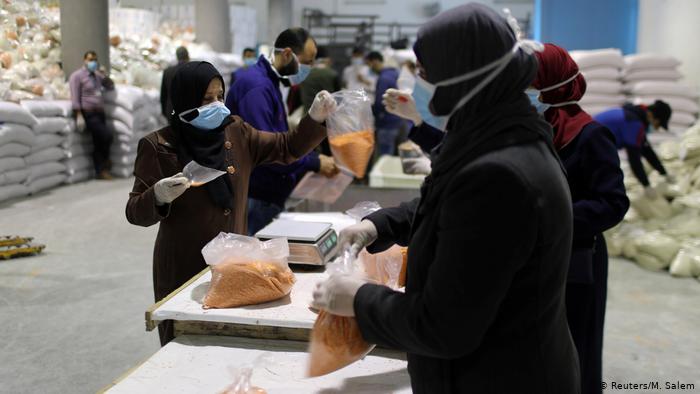
A total lockdown would be fatal for people here. Around 75% of the population is refugees, and all are dependent on the support of workers from the UN Relief and Works Agency for Palestine Refugees (UNRWA), who still deliver food during the day. But in the evenings, residents must observe a curfew from 5 p.m. until early in the morning -
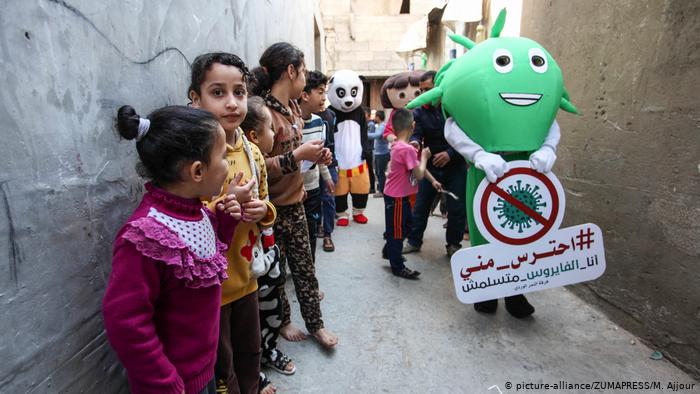
Public life has largely been restricted. However, social distancing and appropriate hygiene measures remain a challenge, especially in the narrow streets and shelters in the refugee camps. In order to educate Gaza's large young population, activists dress up as the virus and visit the refugee camps -
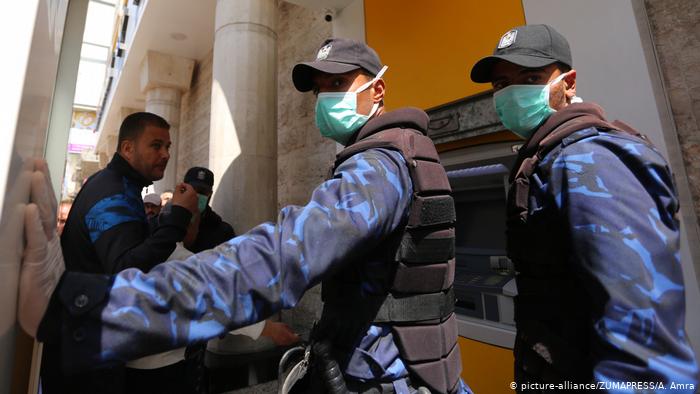
The Islamist group Hamas and Qatar maintain a close relationship, and the small emirate has promised to continue providing financial support for the people of Gaza. Last week, Qatar transferred $10 million (€9.25 million) to the Gaza Strip – exactly how it will be distributed remains unknown. Reportedly, every family in need will receive $100 -
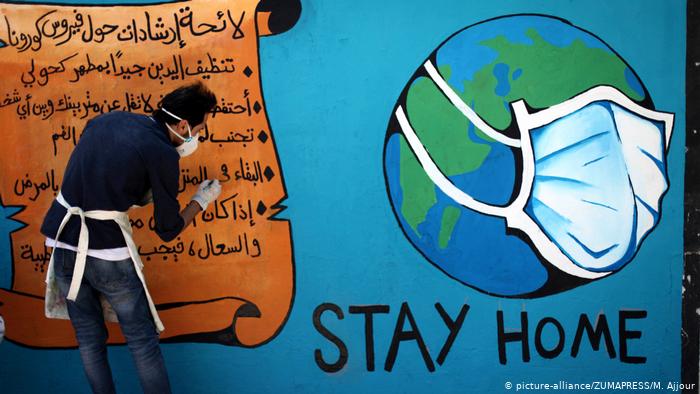
Medical facilities in Gaza will be able to treat the first 100 coronavirus cases, according to estimates from the local office of the World Health Organization. After that, the area would be reliant on external support. That is why activists and artists are trying to raise awareness about the importance of staying home -
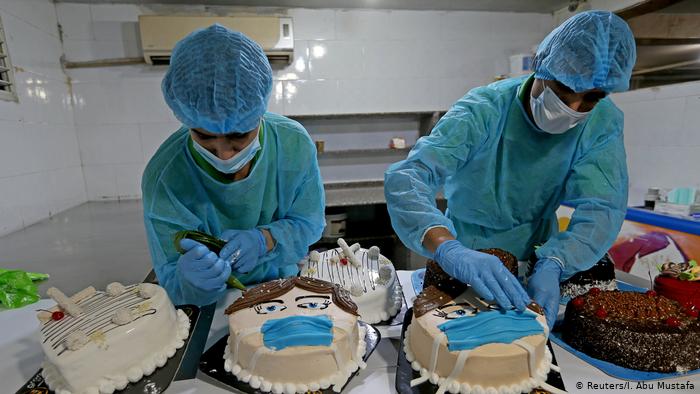
A bakery in Khan Younis is doing its bit to educate people, baking cakes with masks to draw attention to the pandemic and protective measures to stop the spread
https://qantara.de/en/node/12073
Link
To all image galleries